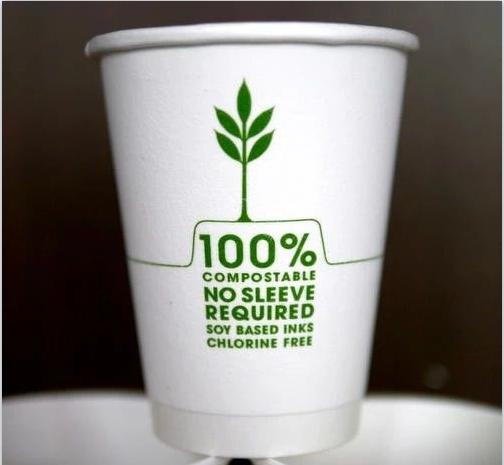Since the ban on plastic, biodegradable materials have become a new hot spot, major enterprises have expanded production, orders soared at the same time also caused the supply of raw materials, especially PBAT, PBS and other degradable membrane bag materials in just 4 months, the price soared. Therefore, the PLA material with relatively stable price has attracted attention.
Poly (lactic acid) (PLA), also known as poly (lactide), is a new environment-friendly polymer material obtained by ring-opening polymerization of lactic acid prepared from biologically-based corn starch, and can be completely degraded into environmentally friendly end products, such as CO2 and H2O.
Due to its advantages of high mechanical strength, easy processing, high melting point, biodegradability and good biocompatibility, it has been widely used in agriculture, food packaging, medical care and other fields. The PLA degradable straw has received the most attention in recent years.
In response to the plastic ban order, paper straws are widely used in China. However, paper straws are widely criticized for their poor feeling of use. More and more manufacturers begin to choose PLA modified materials to manufacture straws.
However, although polylactic acid has well mechanical properties, its low elongation at break (usually less than 10%) and poor toughness limit its application in straws.
Therefore, PLA toughening has become a hot research topic at present. The following is the current progress of PLA toughening research.
Poly – lactic acid (PLA) is one of the more mature biodegradable plastics. Its raw materials are from renewable plant fibers, corn, agricultural by-products, etc., and it has good biodegradability. PLA has excellent mechanical properties, similar to polypropylene plastics, and can replace PP and PET plastics in some fields. Meanwhile, PLA has good gloss, transparency, hand feel and certain antibacterial properties
PLA production status
At present, PLA has two synthetic routes. One is direct condensation polymerization, i.e. lactic acid is directly dehydrated and condensed under high temperature and low pressure. The production process is simple and the cost is low, but the molecular weight of the product is uneven, and the practical application effect is poor.
The other is lactide ring – opening polymerization, which is the mainstream production mode.
Degradability of PLA
PLA is relatively stable at room temperature, but easily degrades into CO2 and water in slightly higher temperature environment, acid-base environment and microbial environment. Therefore, the PLA products can be safely used within the validity period and timely degraded after being discarded by controlling the environment and packing.
The factors affecting PLA degradation mainly include molecular weight, crystalline state, microstructure, ambient temperature and humidity, pH value, illumination time and environmental microorganisms.
PLA and other materials can affect the degradation rate.
For example, PLA adding a certain amount of wood flour or corn stalk fiber can greatly accelerate the degradation rate.
PLA barrier performance
Insulation refers to the ability of a material to prevent the passage of gas or water vapor.
The barrier property is very important for packaging materials. At present, the most common degradable plastic bag on the market is PLA/PBAT composite material.
The barrier properties of the improved PLA film can broaden the application field.
The factors affecting PLA barrier property mainly include internal factors (molecular structure and crystallization state) and external factors (temperature, humidity, external force).
1. Heating PLA film will reduce its barrier property, so PLA is not suitable for food packaging that needs heating.
2. Stretching PLA in a certain range can increase the barrier property.
When the tensile ratio is increased from 1 to 6.5, the crystallinity of PLA is greatly increased, so the barrier property is improved.
3. Adding some barriers (such as clay and fiber) to the PLA matrix can improve the PLA barrier property.
This is because the barrier prolongs the curved path of the water or gas permeation process for small molecules.
4. Coating treatment on the surface of PLA film can improve the barrier property.
Post time: 29-10-21


